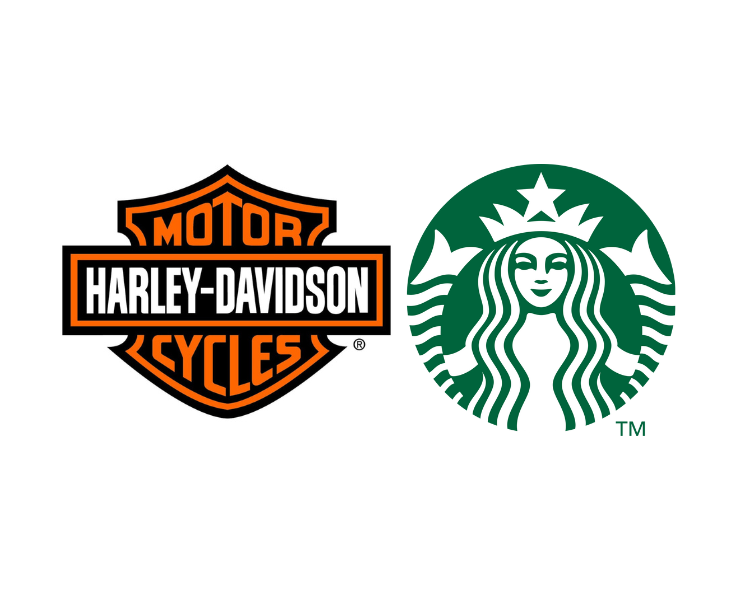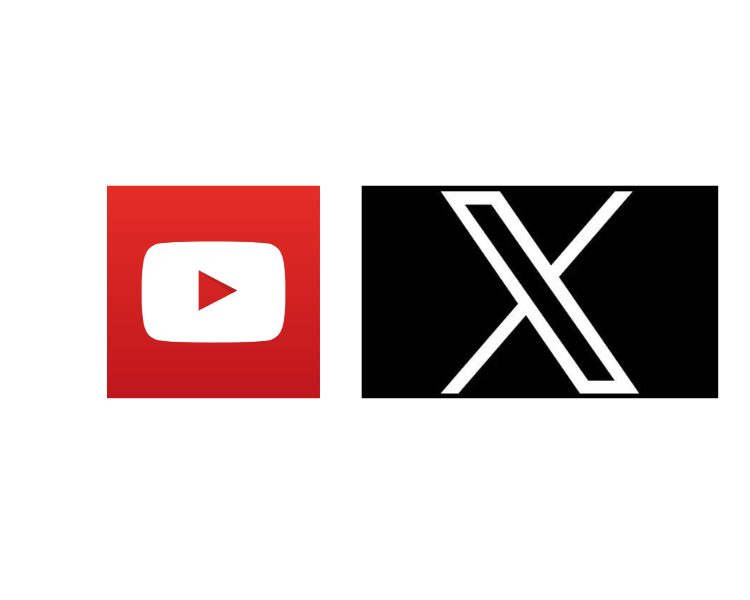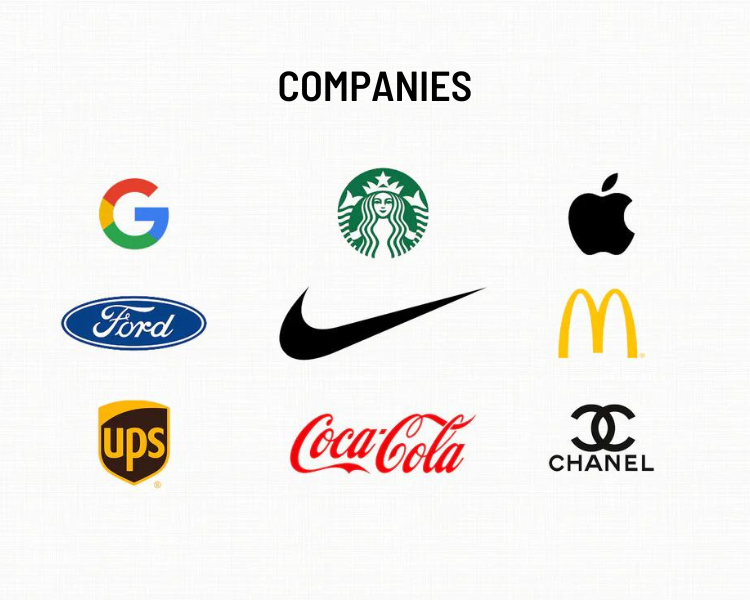The moment has arrived when your business is poised for takeoff after meticulous planning. However, a crucial decision awaits – the selection of a logo that will define your brand. A well-crafted logo serves as a cornerstone for organizational success, fostering positive connections with the chosen target audience. It acts as a visual cue, engaging customers across the spectrum.
The question arises: What type of logo surpasses others in fulfilling business goals and objectives? Amidst the myriad decisions involved in finding the perfect logo – such as color, images, font, size, layout, and more – the process is not as overwhelming as it may seem.
To ease your journey in logo selection, we’ve compiled a comprehensive list of major logotypes, each accompanied by a brief explanation. This approach aims to make the process relaxing, painless, and even enjoyable. Let’s delve into the seven main logo types!
Mascots:
Often considered a family-friendly variant, mascots serve as captivating visual representations for businesses. These images, related to characters or even people, act as the business’s spokesperson, dominating a significant portion of the brand’s advertising. Mascots evoke a warm, relatable feeling, making them attractive to a broad audience, especially children. Examples of brands utilizing mascots include Kellogg’s, KFC, and Pillsbury.

Emblem:
Exuding a distinctive and traditional vibe, emblems have withstood the tests of time. They typically feature a unique typeface enclosed within a defined border, commonly found in universities or government organizations. Emblems convey professionalism, scalability, and brand significance. Brands like Starbucks, Superman, Harvard, and Harley Davidson showcase the enduring appeal of emblem logos.

Logo Symbols or Pictorial Marks:
Also known as logo symbols or brand marks, pictorial marks are icons or graphics-based creations representing a brand. They are often the first thing that comes to mind when thinking of logos, such as Twitter’s bluebird or YouTube’s play button. Choosing the right image is crucial for new brands, considering factors like playfulness, emotional response, and deeper meaning.

Monogram Logos or Lettermarks:
Typography-based, monogram or lettermark logos use abbreviated initials for the company or brand. Simplifying logos with initials, as seen in FedEx, BMW, CNN, IKEA, and TCS, imparts a catchy and straightforward aesthetic. Monogram logos work well for their simplicity, making them an ideal choice for quick and effective design.

Wordmarks:
Similar to lettermarks, wordmarks focus solely on fonts and the brand’s name. Brands like VISA, Coca-Cola, and Google leverage wordmarks for their marketing, relying on catchy, memorable, and strong typography. A clean and chic design is essential to avoid clutter and resonate with the brand’s offerings.

Abstract Logo Design Marks:
Brands like Adidas and Pepsi use abstract logo design marks that symbolically convey the brand’s image without relying on specific cultural implications. The combination of color and form in abstract logos generates emotions associated with the brand. Nike’s swoosh logo, for example, conveys a sense of movement and activity.

Combination Marks:
Used by brands like Burger King, Lacoste, and Doritos, combination marks seamlessly blend graphics and text. These logos offer versatility, allowing for easy rebranding while delivering a clear and impactful message. The key is to ensure a cohesive flow between wording and symbols.
Armed with a detailed analysis of various logo designs, it’s now your turn to create a standout emblem. Stay abreast of current market trends while infusing freshness and innovation into your logo, ultimately crafting a symbol that best represents your brand.

